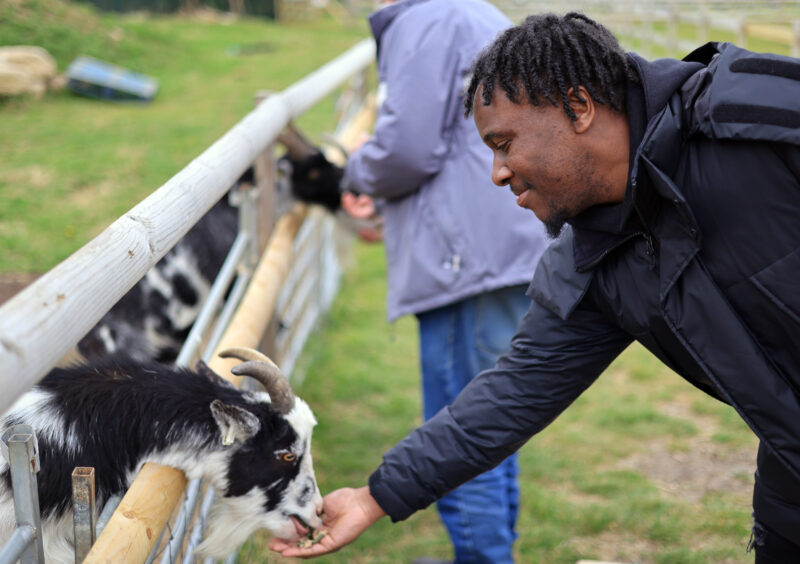03.12.2020 | Case Study
In practice: School-based support in West London

London pioneers galvanise community to better support local children
In Louisa Mitchell’s unequal and, in some cases, deprived area of West London, there were lots of services and resources, many managed centrally. However, delivery was fragmented, and the local community was not very involved in how these services operated – leading to uneven results.
Yet unmet needs were high. More than one in five local children were leaving school without basic skills in literacy and numeracy.
“We felt we could help charities, schools, statutory services and local government work better together, to enable the best, most appropriate support at the right time,” explains Louisa, Chief Executive of West London Zone (WLZ). “We didn’t have to build new services from scratch. We needed to join up and complement what already existed, in a fragmented way, in our area.”
Building local buy-in
The first step was to interview local families with children of all ages, ex-offenders, and groups of secondary school students. WLZ then brought together over 40 people, from local government, the voluntary sector, education, community groups, and funders to work together over about six months to design a model.
The goal was to focus diverse resources on supporting individual children, in order to optimise their welfare and achievement. “The key to our model is putting the child at the centre,” says Louisa. “We don’t bring groups of children to programmes. We bring the right programmes to individual children. This process is made possible by our Link Workers. They are responsible for children and work side-by-side with the school. They have become powerful ‘trusted adults,’ empowering children to define and achieve goals, supported by their families, and to get what they require.”
“We didn’t have to build new services from scratch. We needed to join up and complement what already existed, in a fragmented way, in our area.”
The programme’s diverse funding demonstrates impressive local and central collaboration. Central government agreed to pay about a quarter of the cost, with the local authorities bearing a similar proportion, while schools and local philanthropists and businesses shared the rest. So the programme is four times richer than if it had relied on a central government contract alone – and the level of local ownership and design is worth even more than that.
Young people receive an intensive, personalised, 2-year support programme, for which the schools contribute only 12 per cent of the total cost. The richness of these resources proved valuable during lockdowns. “The pandemic took away from children the safety and security of the daily school routine,” explains a WLZ link worker. “I spoke to a mum, struggling to get her daughter access to the online learning system. The mum’s phone was the only electronic device they could use for access. I processed a request for a tablet which arrived within the week and the child was accessing the home learning, reading stories online and listening to bed-time stories.”
“The programme is four times richer than if it had relied on a central government contract alone – and the level of local ownership and design is worth even more than that.”
Local understanding pays off
Farial Missi, who grew up in the community, is an exemplar of WLZ’s locally-rooted link workers. “She understands us on the same level, because you know how she’s kind of young, and she knows where we come from and that . . .” explained a 12-year-old pupil.
Her impact has been impressive, working directly with WLZ’s young people for four years, and later going on to become a Board member and Trustee. “Before I started with [Farial],” the child added, “I was always fighting, messing about, but ever since then, I’ve been concentrating more on my lessons. She’s really good at getting people on the right path.”
The WLZ programme has now expanded to offer help to over 4,000 children across 60 schools; an independent evaluation estimated that the outcomes created achieve savings to Government of £43,000 per child. Collaborative local ownership like this is one answer to squeezed local funding, according to one local authority leader: “At a time when funding for local services has never been tighter – with huge pressure on budgets for children’s and young people’s services – West London Zone has created a brilliant new model to make our money go further.”


